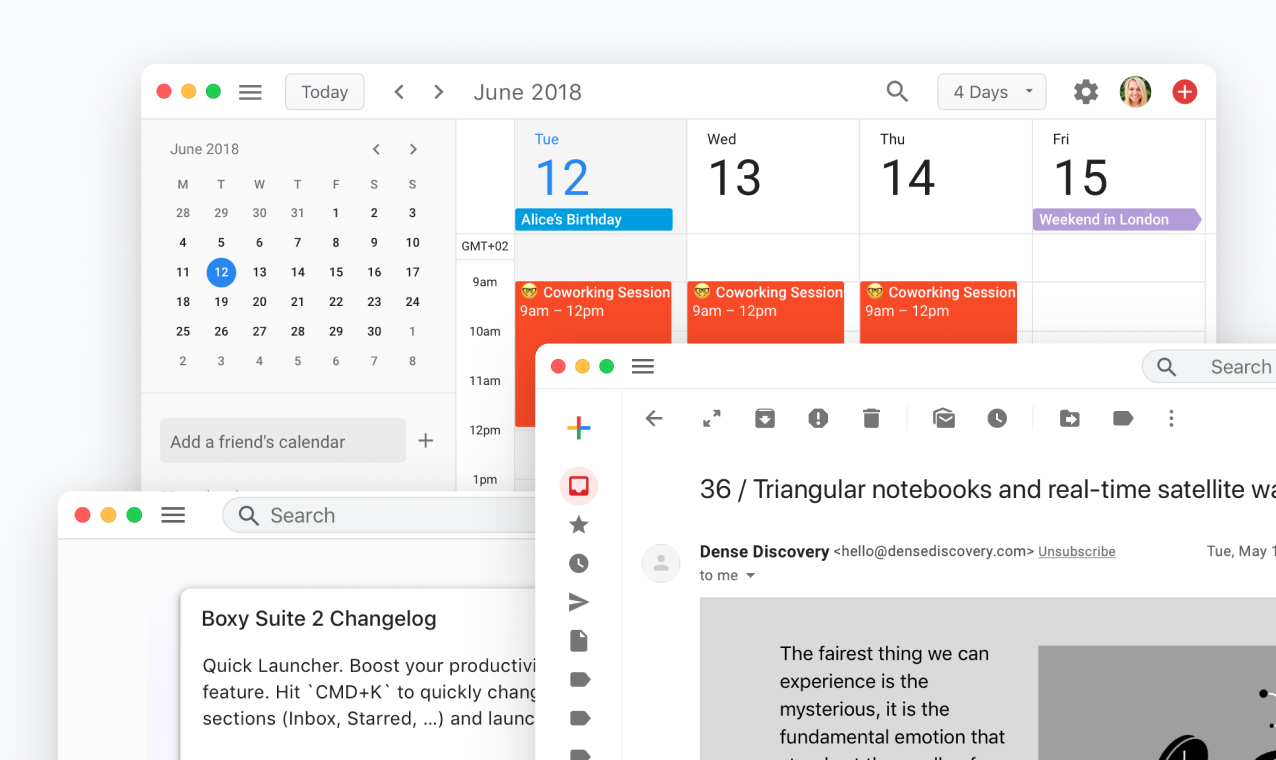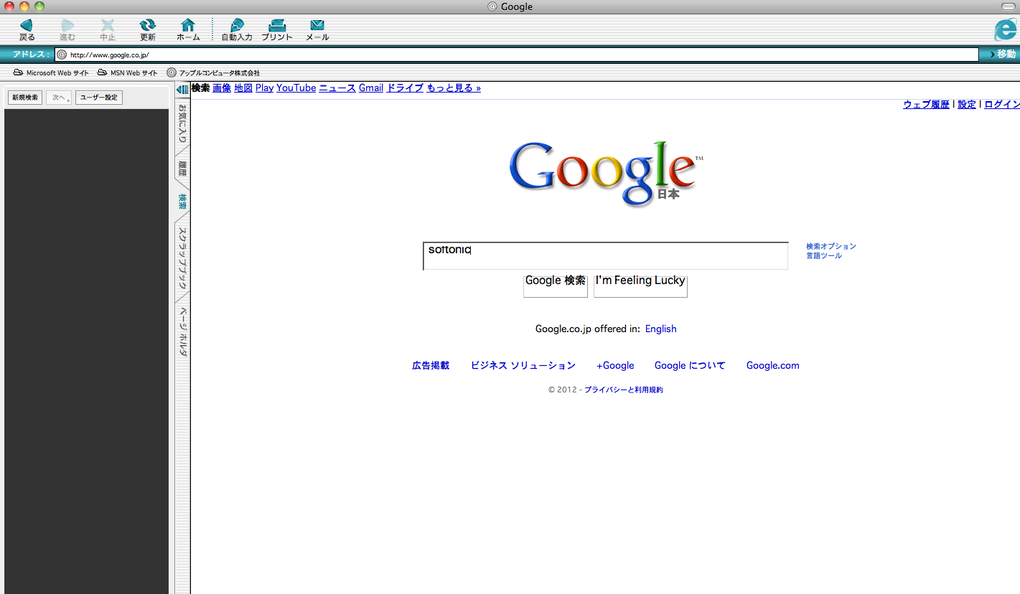

The default virtual machines folder is selected as the “Location”. If you want to change the name, edit the text in the “Name” box. On the Name and Location dialog box, the name of the is set, by default, to the name of the cloned virtual machine. Navigate to the folder into which you copied the cloned virtual machine folder, select the. On your Mac, open Parallels Desktop and go to File > Open. Parallels will handle creating the converted virtual machine in the correct place. It doesn’t matter where you paste the virtual machine folder. Head to that folder, select the folder for your cloned virtual machine, and copy that folder to your Mac (using a flash drive or some other means). Make a note of the path and then click “OK” or “Cancel” to close the dialog box. You’ll find the path to the Default Machine Folder on the General screen. If you’re not sure where this is, you can find out by going to File > Preferences on the main VirtualBox Manager window. You’ll find the folder for the virtual machine in the default machine location.
#Parallels for mac migrate pc Pc#
If your cloned virtual machine is on a Windows PC or a different Mac, you’ll need to transfer the virtual machine. Shut down (do not sleep or hibernate) the cloned virtual machine using the standard method for your guest operating system. Step Three: Shut Down and Transfer the Cloned Virtual Machine

For example, in Windows 7, we open “Programs and Features” in the Control Panel, select “Oracle VM VirtualBox Guest Additions 5.1.12” and click “Uninstall/Change”. Use the standard procedure in the guest operating system to uninstall the “Oracle VM VirtualBox Guest Additions” program. To do this, select the cloned virtual machine in the list on the main VirtualBox Manager window and click “Start” or press Enter. Once the cloning process is complete, we need to uninstall the VirtualBox Guest Additions in the cloned virtual machine. Step Two: Uninstall the VirtualBox Guest Additions in the Cloned Virtual Machine This may take a while, depending on how big your virtual machine’s hard drive is and how many snapshots you have that need to be merged. Click “Clone”.Ī dialog box displays the progress of the cloning process. This is important because Parallels cannot open virtual machines from VirtualBox with snapshots. Make sure “Current machine state” is selected on the Snapshots screen. This makes the cloned virtual machine independent of the original and allows you to move it to a different computer, if needed. On the Clone type screen, make sure “Full clone” is selected. If you want to assign a different name to the cloned virtual machine, enter it in the box. On the New Machine Name screen, VirtualBox automatically enters the name of the virtual machine in the box and adds “Clone” to the end. The Clone Virtual Machine dialog box displays. Right-click on the virtual machine and select “Clone” from the popup menu. To do this, open VirtualBox (on Windows, Linux, or Mac) and select the virtual machine to be cloned. Step One: Create a Clone of the VirtualBox Virtual Machineįirst, we’ll create a clone of the virtual machine you want to convert to Parallels. If you want to migrate your virtual machine, here’s what you need to do. It’s easier to transfer files between your VMs and the host macOS system, and Parallels even lets you run Windows programs directly from the macOS dock, if you choose to. However, Parallels is easier to use and more integrated with macOS than VirtualBox. VirtualBox provides a free, bare-bones way of using virtual machines on your Mac.

If you’ve been using VirtualBox to run virtual machines and you want to switch to Parallels Desktop for Mac, you can convert your VirtualBox virtual machines to Parallels-whether you’re using VirtualBox in Windows, Linux, or macOS. To learn more about our newest version, please visit or our w. This video is about an older version of Parallels Desktop for Mac.

For example, users can choose from different modes for working with the Windows applications. Running virtualized Windows applications on a Mac with Parallels Desktop is great for users because of its ease of use, flexibility and integrated features.


 0 kommentar(er)
0 kommentar(er)
